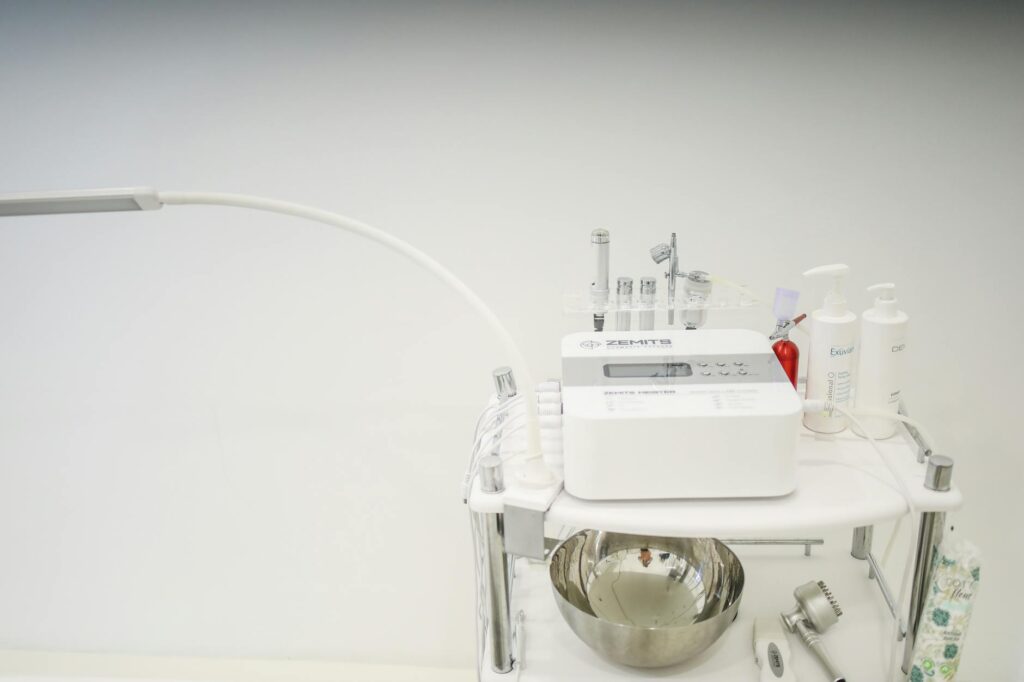What is technology detox programs?

What is technology detox programs?
In today’s fast-paced world, technology plays an integral role in our daily lives. From smartphones to laptops, we’re constantly connected—sometimes to the point of overwhelm. That’s where technology detox programs come into play. These programs offer a structured way to step back from our devices, allowing us to recharge and reconnect with ourselves and the world around us.
Understanding Technology Detox Programs
Technology detox programs are designed to help individuals reduce their reliance on electronic devices. The primary aim is to encourage healthier habits by temporarily disconnecting from technology. This can include anything from taking a break from social media to stepping away from screens entirely for a set period.
The Need for Technology Detox
As digital fatigue sets in, many people feel the need for a break. High levels of screen time can lead to various mental health issues, such as anxiety and depression. Moreover, constant notifications and information overload can affect our focus and productivity. A technology detox can serve as a reset, helping us regain control over our time and mental space.
Components of Technology Detox Programs
Most technology detox programs have several key components:
- Duration: Programs can vary in length, ranging from a weekend to several weeks.
- Guidelines: Clear rules about which devices to avoid and for how long.
- Activities: Suggestions for alternative activities that promote engagement without technology.
- Support Systems: Many programs include community support, whether through online groups or local meetups.
Types of Technology Detox Programs
Understanding the different types of technology detox programs available can help you choose one that best fits your lifestyle.
Short-term Detox Programs
Short-term detox programs typically last from a few days to a week. These challenges often encourage participants to refrain from technology during weekends or even specific hours each day. For example, some might opt for a 30-Day Digital Detox Challenge, which aims to create healthier tech habits by reducing digital distractions and re-engaging with the real world. You can explore more about such challenges here.
Long-term Detox Strategies
Long-term detox strategies focus on making permanent changes to one’s relationship with technology. This could involve setting daily limits on screen time, opting for tech-free weekends, or creating device-free zones in your home. These strategies foster a more balanced lifestyle, encouraging ongoing reflection about technology use.
Benefits of Technology Detox Programs
Participating in a technology detox can provide numerous advantages, including improved mental clarity and better work-life balance.
Enhancing Focus and Productivity
One of the most significant benefits of a technology detox is the potential for enhanced focus and productivity. By reducing distractions, you can devote more time to important tasks, ultimately leading to better results in your work and personal projects. Many users report feeling more present and engaged in their activities after a detox.
Improving Work-Life Balance
Another key benefit is the improvement in work-life balance. Technology detox programs encourage individuals to disconnect from work-related communications, allowing for more quality time with family and friends. This shift can lead to stronger relationships and a more fulfilling personal life.
Implementing Your Own Technology Detox Program
Crafting a technology detox program tailored to your needs can be straightforward and rewarding. Here are some practical steps to consider.
Setting Goals and Boundaries
Before starting your detox, it’s essential to establish clear objectives. Ask yourself what you hope to achieve. Maybe it’s reducing stress, improving focus, or spending more time outdoors. Once you’ve defined your goals, set specific boundaries around your technology use, such as limiting social media to certain times of the day.
Choosing Activities and Alternatives
Decide on alternative activities to engage in during your detox. This could include reading, hiking, meditating, or picking up a new hobby. The more appealing these alternatives are, the easier it will be to stick to your detox plan. For instance, if you love cooking, consider diving into a new recipe book.

Photo by Polina Tankilevitch
Conclusion
Technology detox programs present a valuable opportunity to regain control over our digital lives. By implementing a detox, we can enhance our focus, improve our mental well-being, and achieve a better work-life balance. Whether you choose a short-term challenge or a long-term strategy, taking the time to disconnect can lead to significant personal growth. Now is the perfect moment to consider how a technology detox could benefit you, helping you foster a healthier relationship with technology.